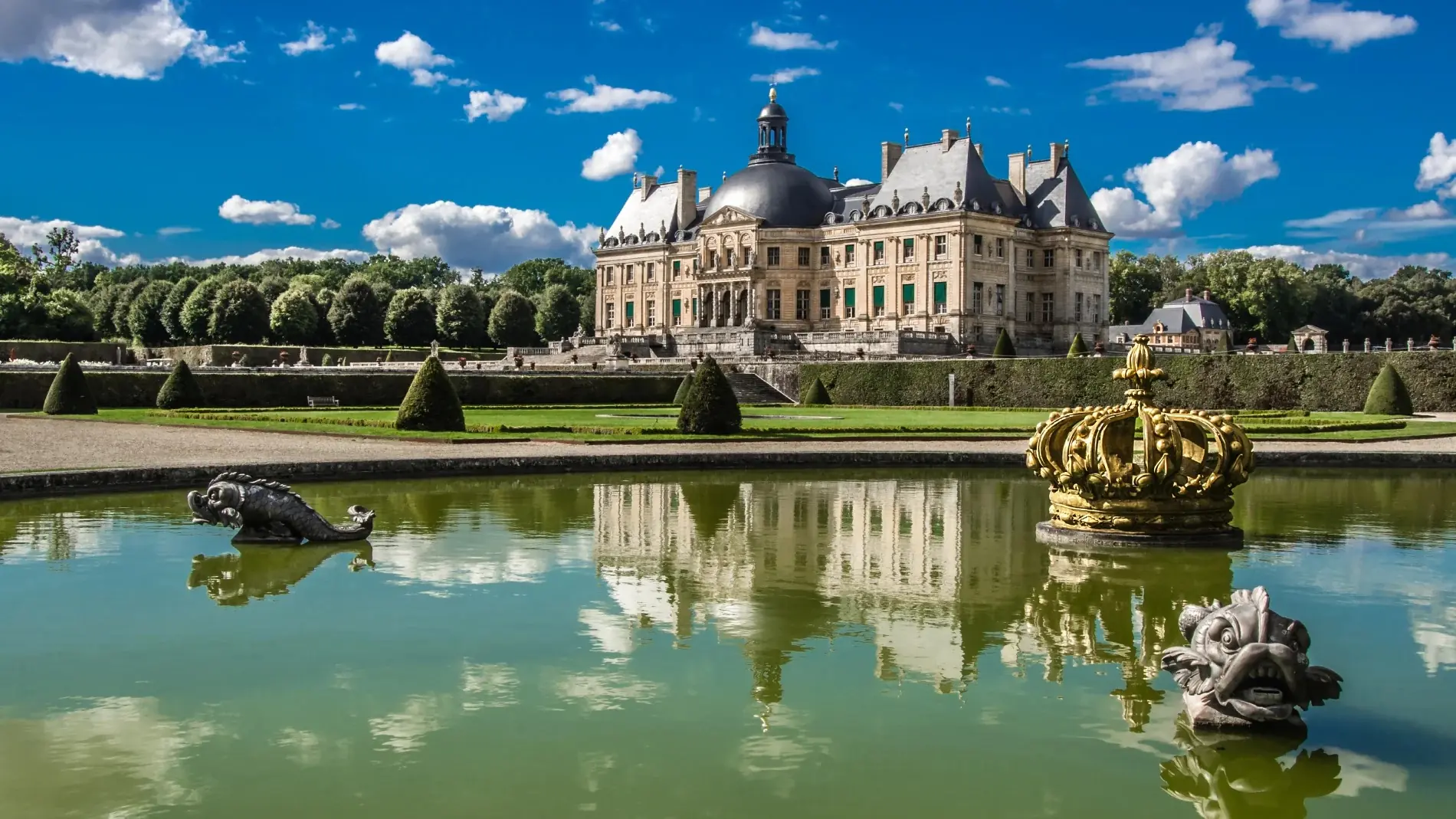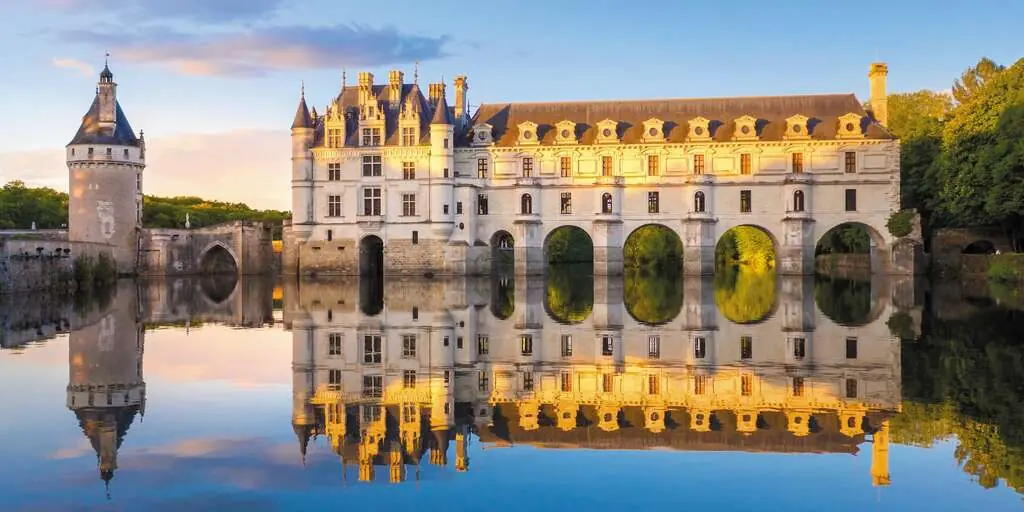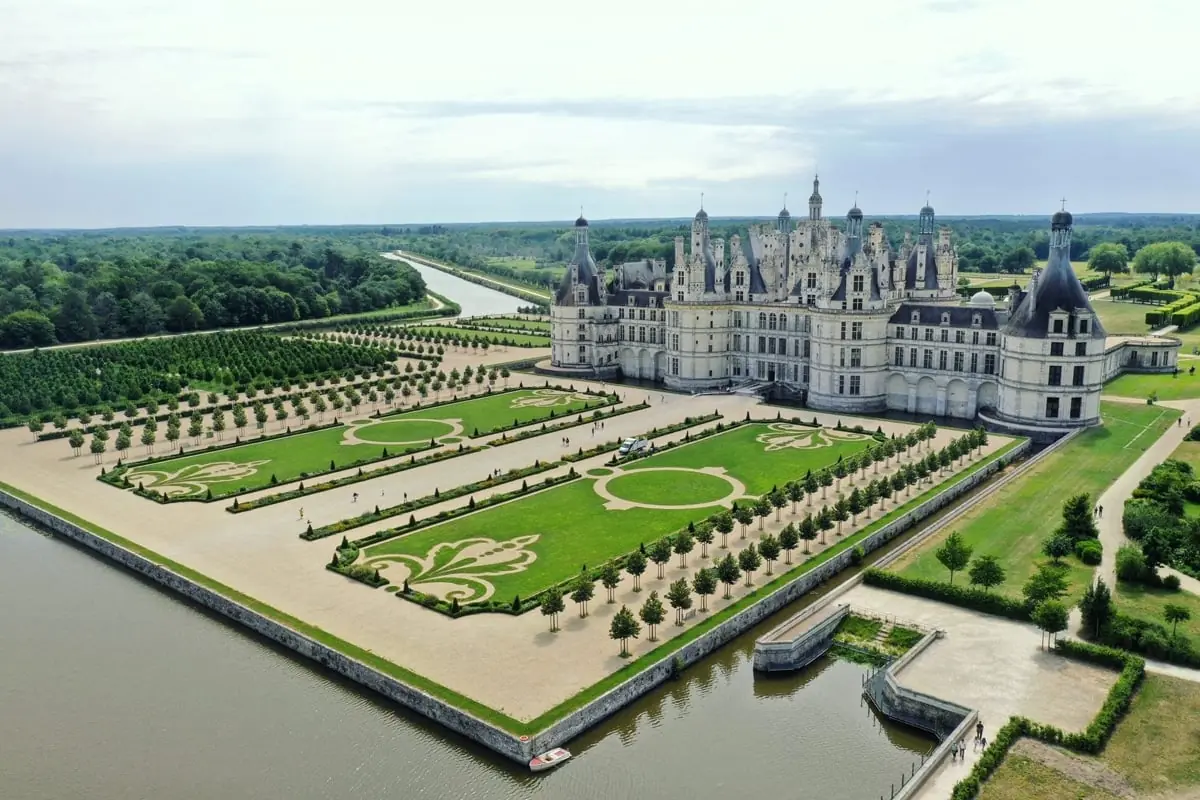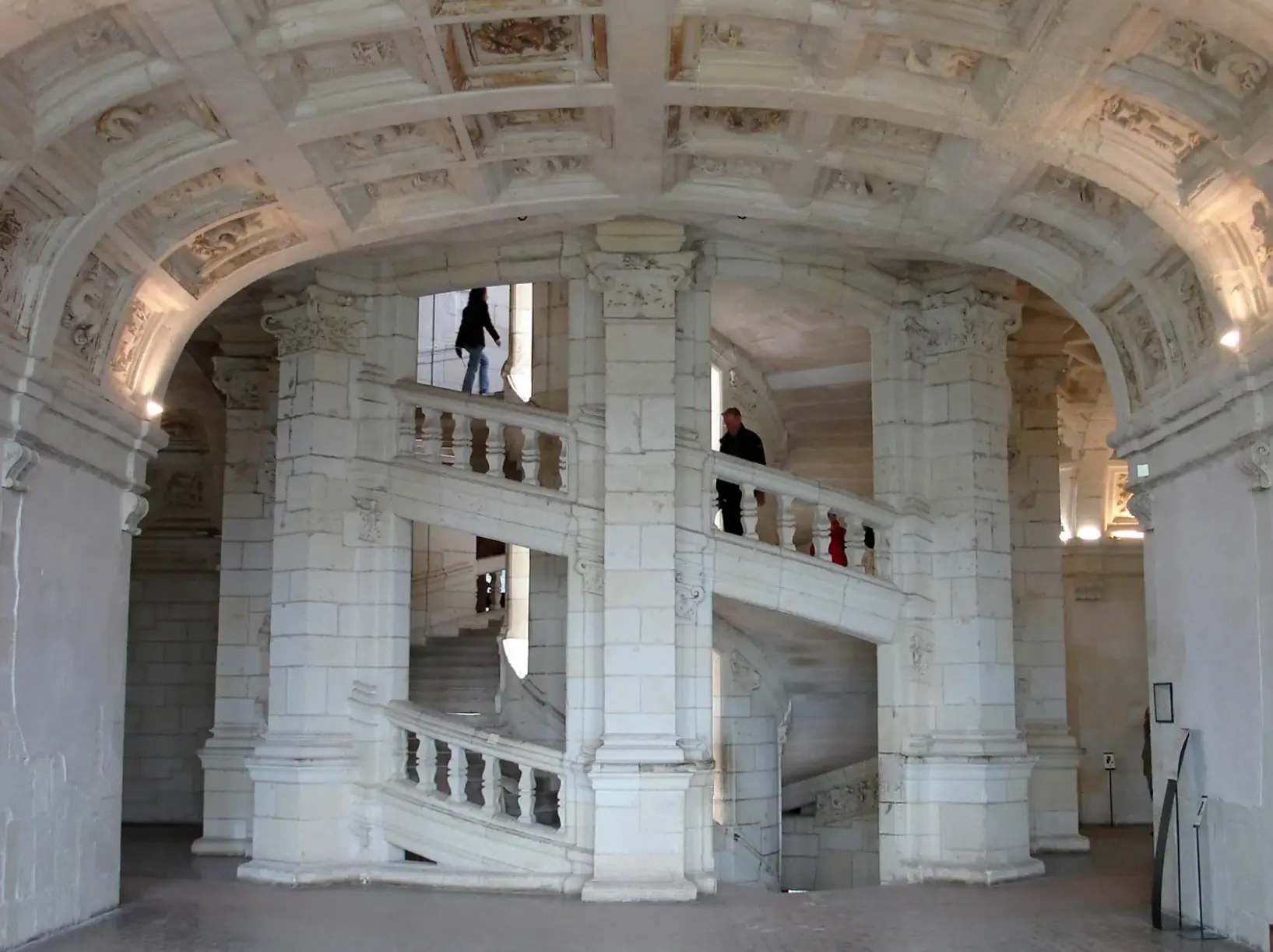What are "Monuments Historiques"?
The "Monument Historique" status is the highest level of heritage protection for buildings (and objects) in France. It aims to preserve properties of significant historical, artistic, or architectural interest. There are two main levels of protection for buildings:
- Classé au titre des monuments historiques (Classified Historical Monument): This is the highest level of protection, reserved for buildings considered to be of national importance.
- Inscrit au titre des monuments historiques (Registered Historical Monument): This level protects buildings of significant regional interest. This status was formerly known as being "inscrit à l'inventaire supplémentaire des monuments historiques" (often abbreviated as ISMH).
A property does not need to be a grand château to be listed; smaller buildings with unique historical or architectural features can also qualify.
It's important to note that protection is not always for the entire property. It can be applied partially, covering only specific elements. For example:
- A particular wing or façade of a château.
- An old tower, a chapel within the estate, or historic dovecote.
- Specific interior elements like remarkable staircases, painted ceilings, original woodwork (boiseries), or fireplaces.
- Elements within the grounds such as historic gates, fountains, statues, or even designed gardens and parks if they possess significant heritage value.
- Separately, movable objects (objets mobiliers) within a property, such as furniture, paintings, or tapestries, can also be individually classified or inscribed.
The scope of the protection (total or partial) is defined in the official listing decree and dictates which parts of the property are subject to the specific constraints and eligible for the benefits associated with the "Monument Historique" status.




